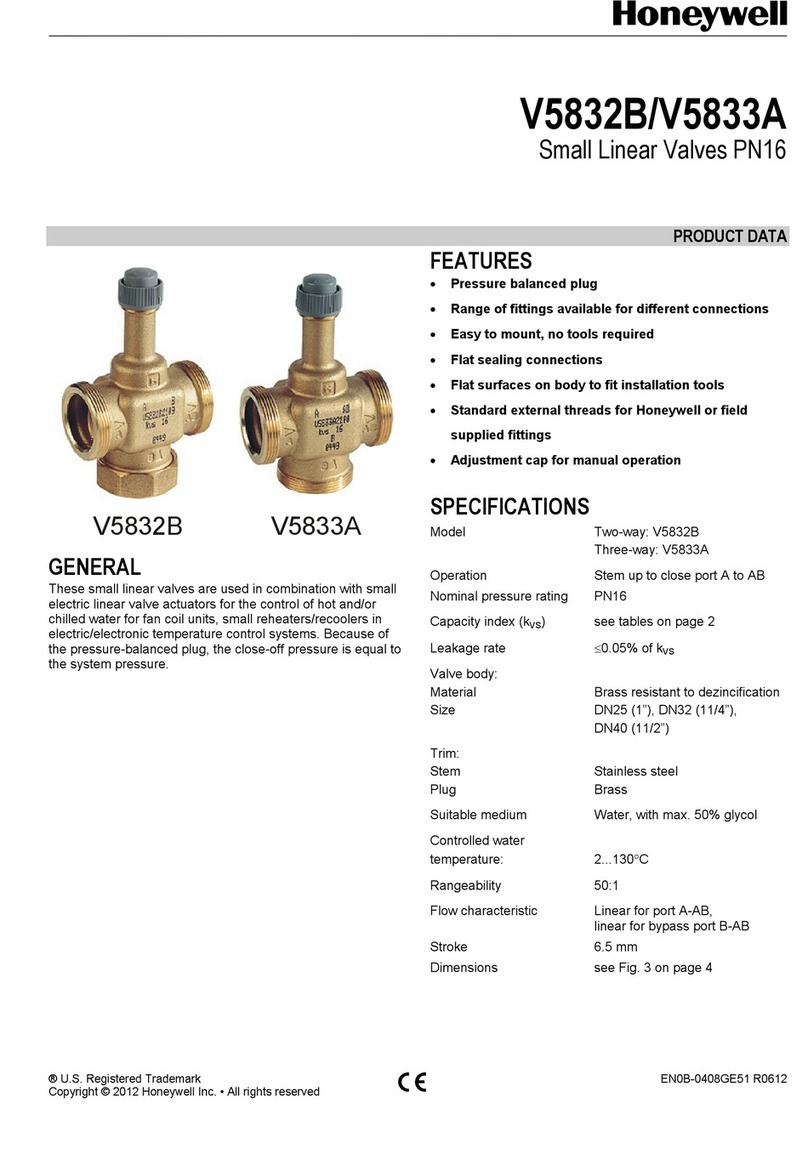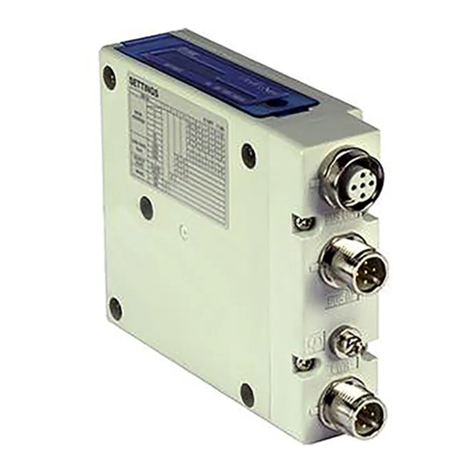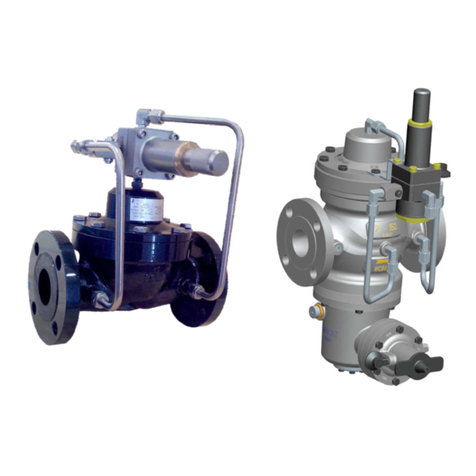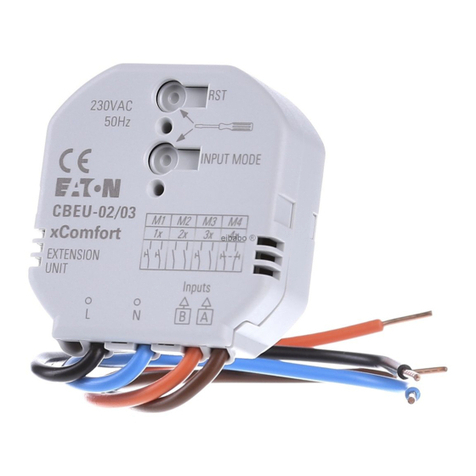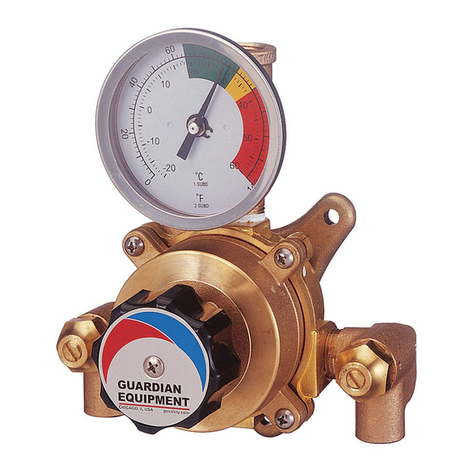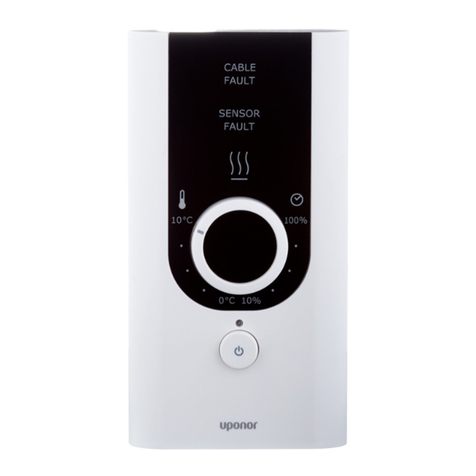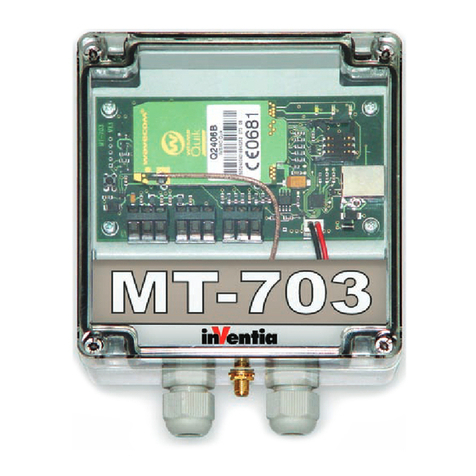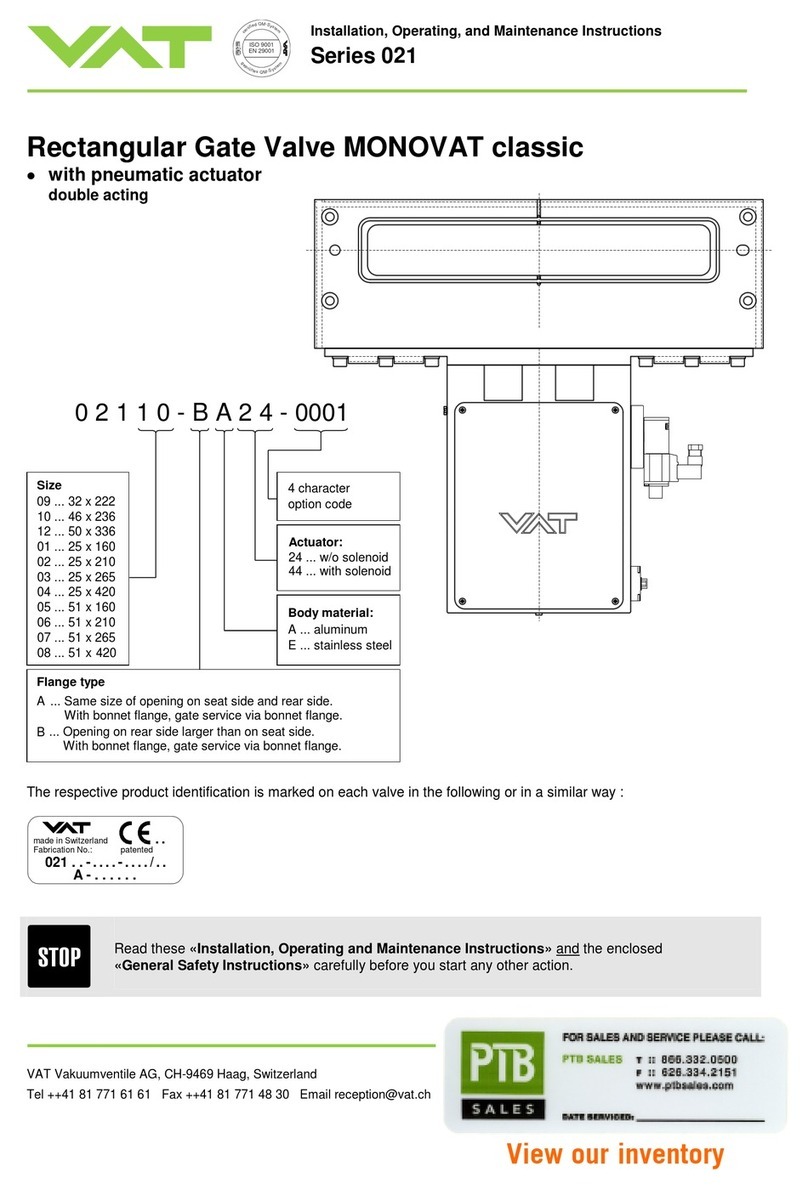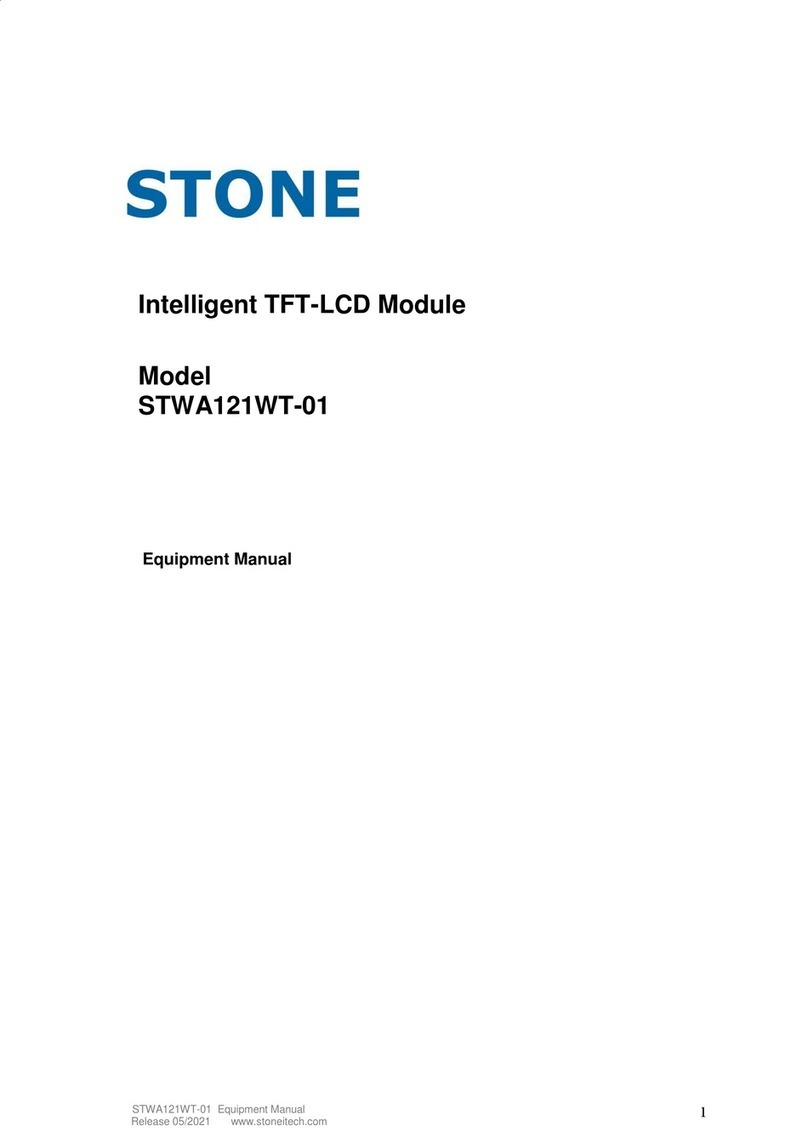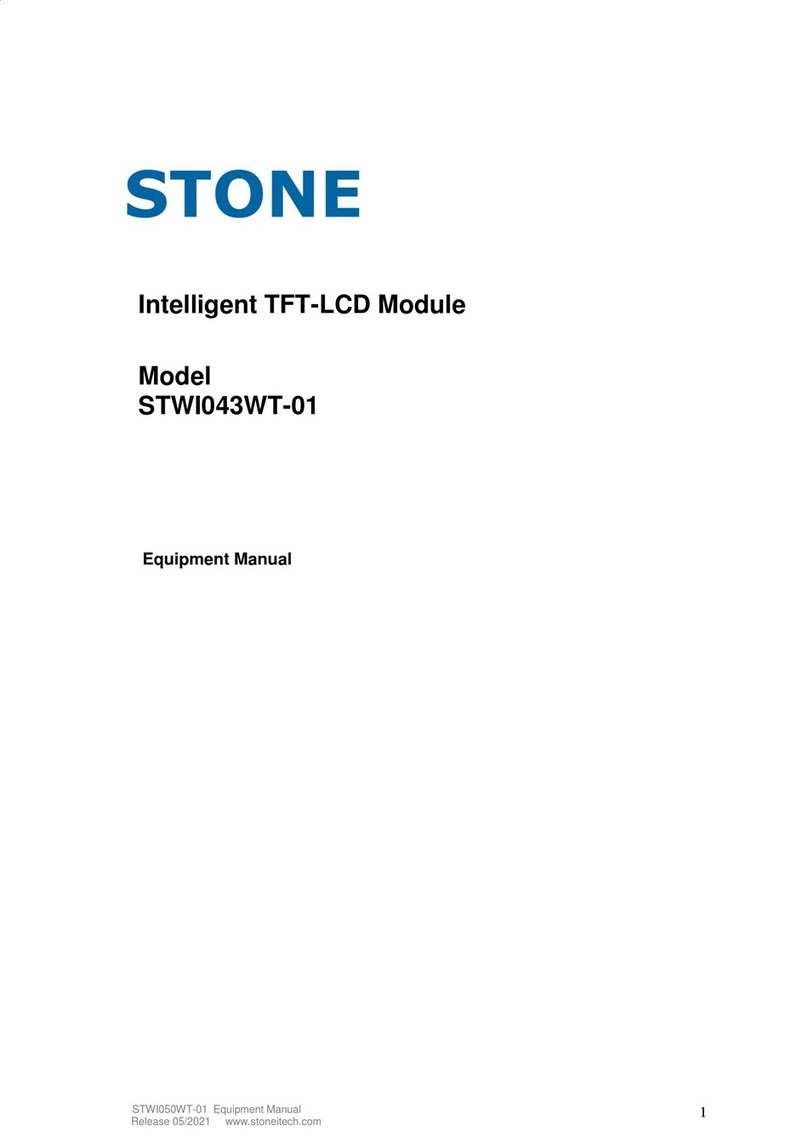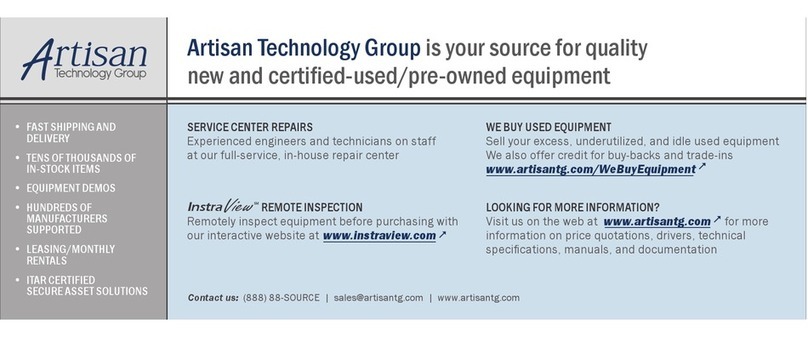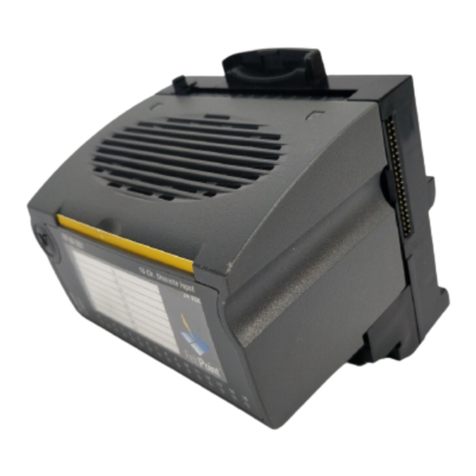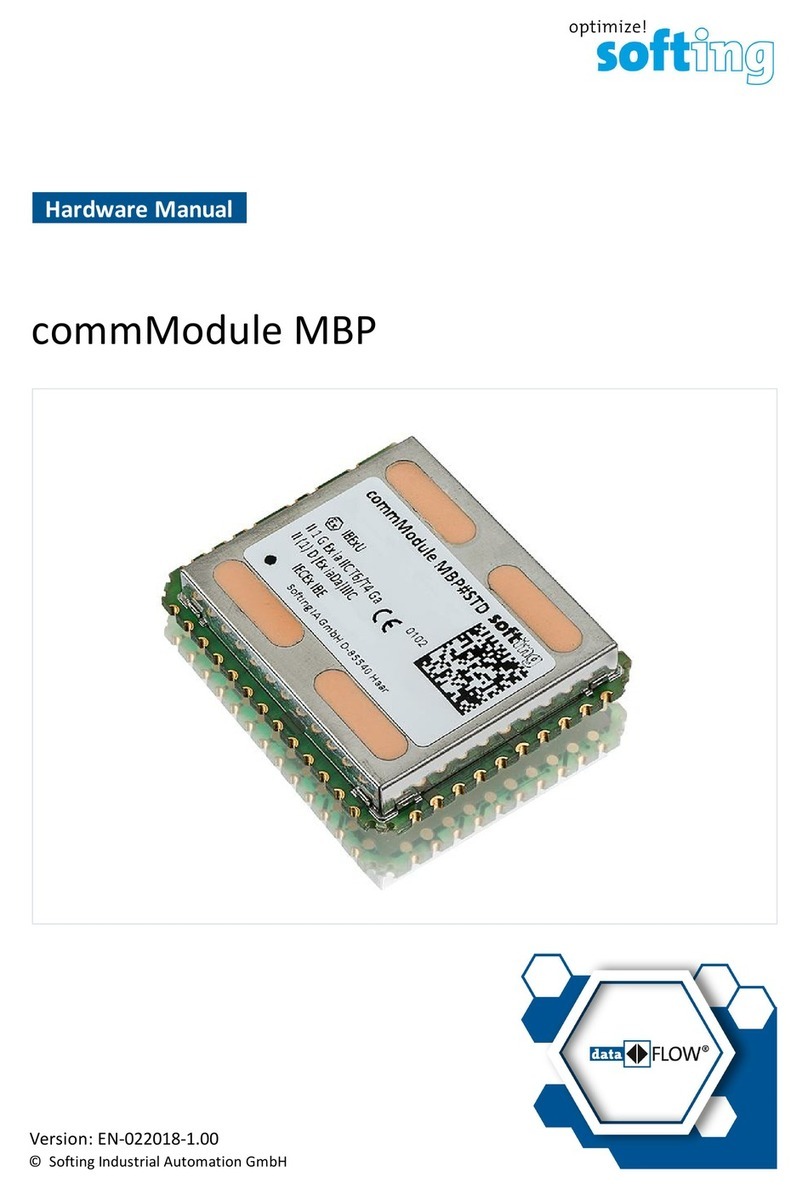
© Copyright Softing Industrial Automation GmbH 3
Table of Contents
Table of Contents
Chapter 1 ...................................................................................... 7
Introduction
............................................................................................................... 71.1 About FG-200 HSE/FF Modbus
............................................................................................................... 71.2 System requirements
............................................................................................................... 71.3 Scope of delivery
............................................................................................................... 71.4 Safety precautions
............................................................................................................... 71.5 Intended use
............................................................................................................... 81.6 Document history
............................................................................................................... 81.7 Typographic conventions
Chapter 2 ...................................................................................... 9
Hardware installation
............................................................................................................... 92.1 Installation in hazardous locations
.......................................................................................................... 9
General requirements2.1.1
.......................................................................................................... 11
Hazardous Location - European and International Approval (ATEX, IECEx)2.1.2
.......................................................................................................... 11
Hazardous Location - North American Approval (cULus)2.1.3
............................................................................................................... 122.2 Mounting and dismounting
............................................................................................................... 132.3 Connection diagram
............................................................................................................... 132.4 Connecting the power supply
............................................................................................................... 142.5 Connecting to the network
............................................................................................................... 142.6 Modbus serial connection
............................................................................................................... 152.7 Using two FG-200
............................................................................................................... 162.8 Connecting FF-H1 interfaces
............................................................................................................... 172.9 Powering up the device
............................................................................................................... 172.10 Adding a second FG-200 to form a redundant set of FG-200
Chapter 3 ...................................................................................... 18
Commissioning the FG-200 HSE/FF Modbus
............................................................................................................... 183.1 Installing comConf
............................................................................................................... 183.2 Configuring IP address and Modbus parameters
Chapter 4 ...................................................................................... 19
Working with the FG-200 HSE/FF Modbus
............................................................................................................... 194.1 FG-200 acts as a Modbus / FF-H1 Gateway
.......................................................................................................... 19
FG-200 acts as link active scheduler4.1.1
.......................................................................................................... 19
FG-200 acts as visitor host4.1.2
.......................................................................................................... 20
Configuring the Modbus mapping table4.1.3
.......................................................................................................... 21
Modbus statistics counter4.1.4
............................................................................................................... 224.2 FG-200 acts as a FF-HSE/ FF-H1 gateway
.......................................................................................................... 22
FG-200 acts as an H1 interface used by Emerson AMS System4.2.1




















